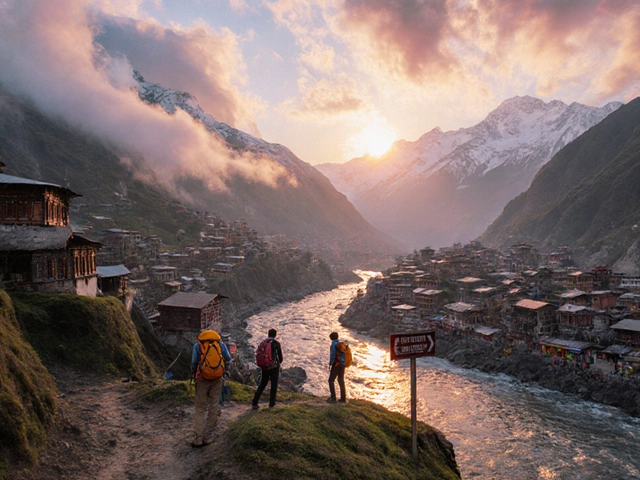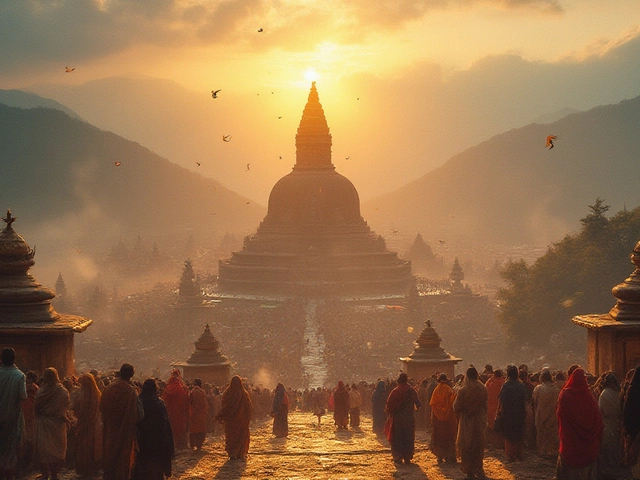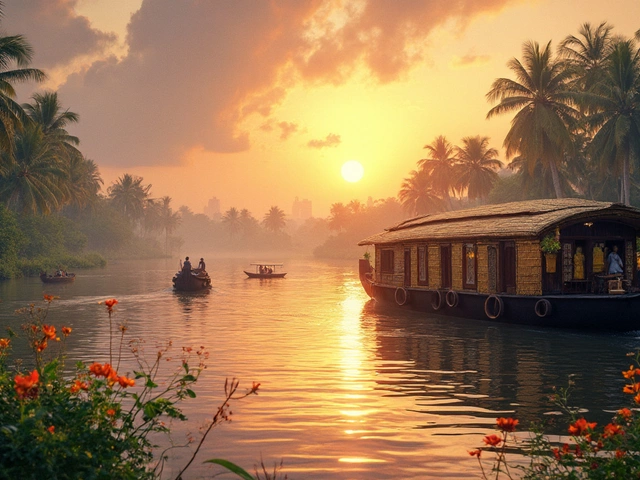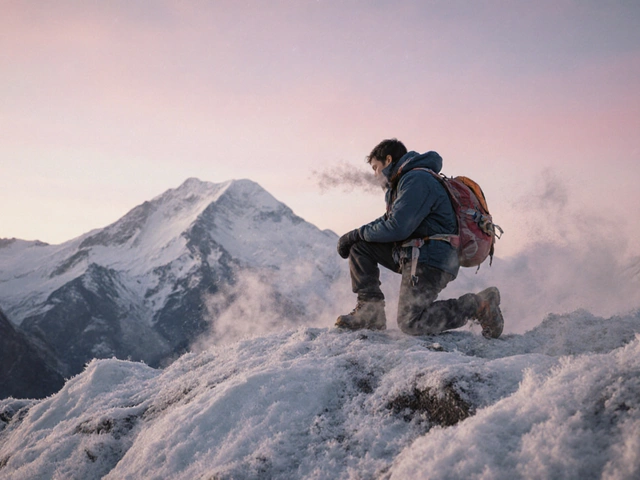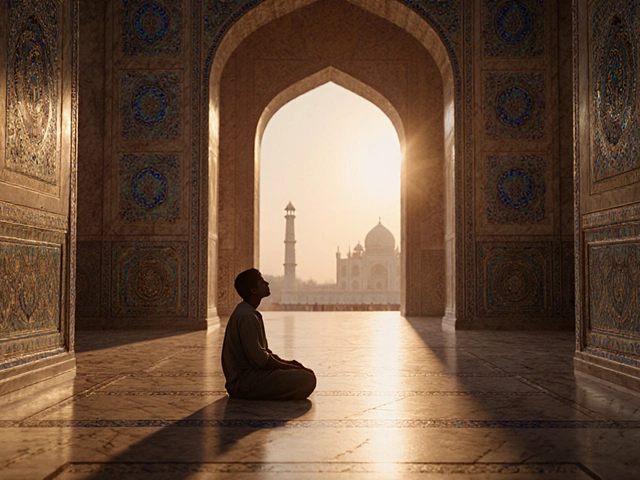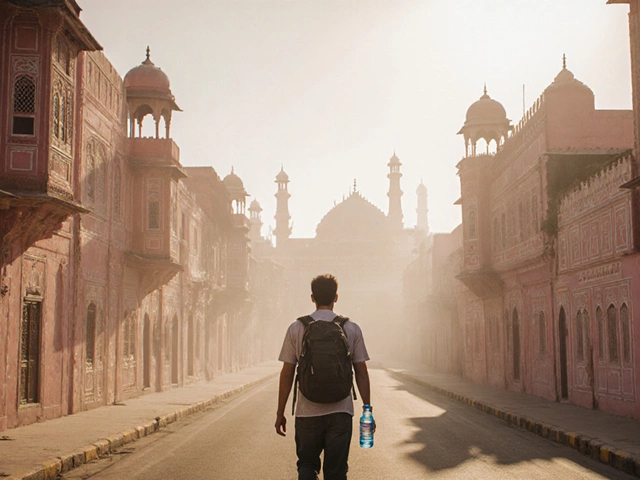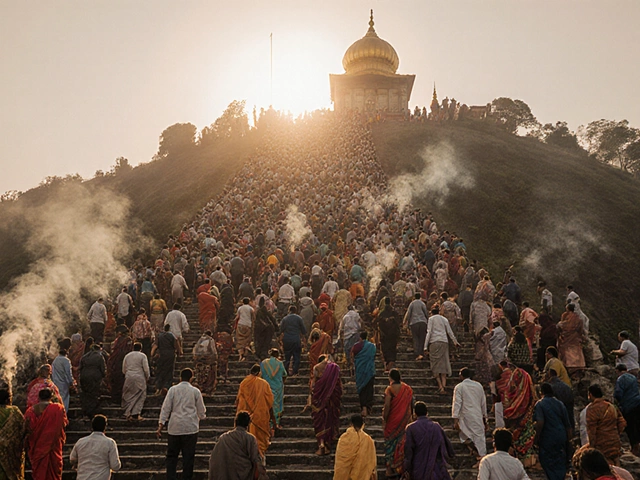First Dham Selector
Key Takeaways
- For most first‑time visitors, the CharDham circuit (Badrinath, Dwarka, Puri, Rameswaram) offers variety and good infrastructure.
- Season matters: hill dhams like Badrinath and Kedarnath are best from May to early October.
- Travel time from major hubs (Delhi, Mumbai, Kolkata) helps decide which dham fits your schedule.
- Budget‑friendly options include VaishnoDevi and Tirupati, which have frequent trains and budget hotels.
- Plan ahead for peak festivals - they boost spiritual vibes but also crowd levels.
What a “Dham” Actually Means
When travelers talk about a Dham is a sacred place of worship in India, often linked to a deity, saint, or mythic event, they’re referring to more than just a temple. A dham can be a mountain, a riverbank, or an entire town that holds deep religious significance. Millions of pilgrims walk these routes each year, seeking blessings, pilgrimage merit, or simply a break from daily life.
Why the Char Dham Circuit Is a Smart First Choice
The traditional Char Dham is a group of four pilgrim sites spread across India - Badrinath, Dwarka, Puri, and Rameswaram - each representing a cardinal direction. This set was popularised by the 8th‑century saint AdiShankaracharya to give devotees a pan‑Indian spiritual journey.
Choosing any one of these four gives you a taste of India’s diverse landscapes, from Himalayan peaks to coastal beaches, while keeping travel logistics manageable. Below is a quick snapshot of each:
- Badrinath - Alpine sanctuary in Uttarakhand, perched at 3,300m, dedicated to Lord Vishnu.
- Dwarka - Ancient Gujarat port city, believed to be Lord Krishna’s kingdom.
- Puri - Coastal Odisha town, home to the famous Jagannath Temple.
- Rameswaram - Tamil Nadu’s island shrine, where Lord Rama is said to have built a bridge to Sri Lanka.
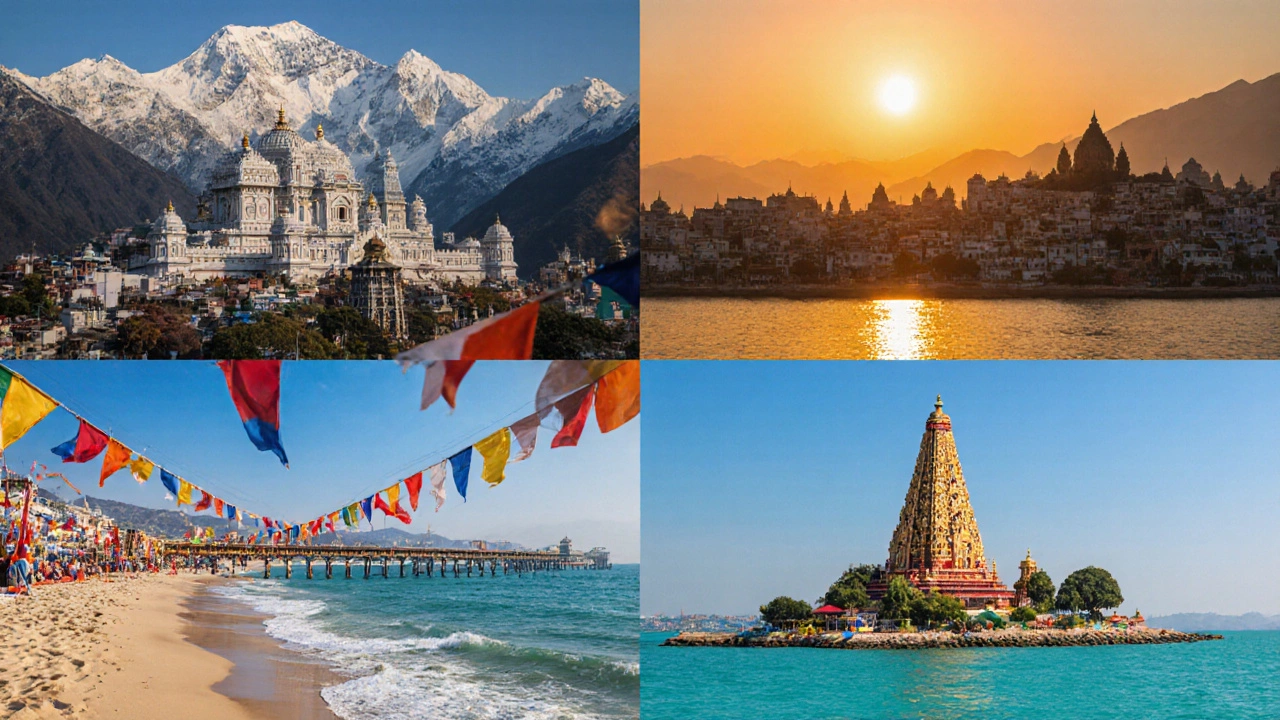
Other Popular Dhams Worth Considering
If the Char Dham doesn’t fit your interests or schedule, here are three other widely visited dhams that are also beginner‑friendly:
- Kedarnath is a high‑altitude Shiva temple in the Garhwal Himalayas, accessible from early May to early October.
- VaishnoDevi is a cave shrine in Jammu & Kashmir, attracting over 30million pilgrims annually.
- Tirupati is the famed Venkateswara Temple in Andhra Pradesh, known for its massive daily crowds and efficient queue system.
How to Pick the Right Dham for Your First Trip
- Travel time and connectivity - Choose a dham that’s within a 12‑hour flight or a reasonable train ride from your entry city.
- Seasonal considerations - Hill dhams close during monsoon or winter; coastal dhams are year‑round but can be humid.
- Spiritual preference - If you’re drawn to Shiva, Kedarnath or Amarnath might be appealing; Vishnu devotees often pick Badrinath or Tirupati.
- Budget - Some dhams have a plethora of budget accommodations (e.g., VaishnoDevi), while others rely on higher‑priced guest houses (e.g., Badrinath during peak season).
- Festival calendar - Visiting during a major festival (Rath Yatra in Puri, Navratri in Dwarka) adds cultural depth but also crowds.
Best Time to Visit Each Dham
- Badrinath - Late May to early September; snow‑melt makes roads safe.
- Dwarka - October to March; cooler coastal weather.
- Puri - November to February; pleasant sea breezes.
- Rameswaram - December to February; lower humidity.
- Kedarnath - Mid‑May to early October; avoid monsoon landslides.
- VaishnoDevi - All year, but peak in Navratri (September‑October).
- Tirupati - October to March; avoid the heavy summer heat.
Sample Itineraries for First‑Timer Pilgrims
One‑Dham Focus (5‑Day Plan)
- Day1: Arrive in the nearest major airport (e.g., Delhi for Badrinath) and transfer to the base town.
- Day2‑3: Ascend to the dham, attend the morning aarti, explore nearby shrines.
- Day4: Take a guided trek to a secondary spot (e.g., Badrinath’s Mana Village).
- Day5: Return to the city, relax, and depart.
Mini‑CharDham Loop (10‑Day Plan)
- Day1‑2: Fly into Delhi, travel to Badrinath, spend two nights.
- Day3‑4: Fly to Vadodara, drive to Dwarka, two nights.
- Day5‑6: Flight to Bhubaneswar, drive to Puri, two nights.
- Day7‑8: Flight to Madurai, then ferry to Rameswaram, two nights.
- Day9‑10: Return to Delhi, debrief, and fly home.
This loop covers all four cardinal dhams, giving you a true pan‑Indian pilgrimage experience without spending months on the road.
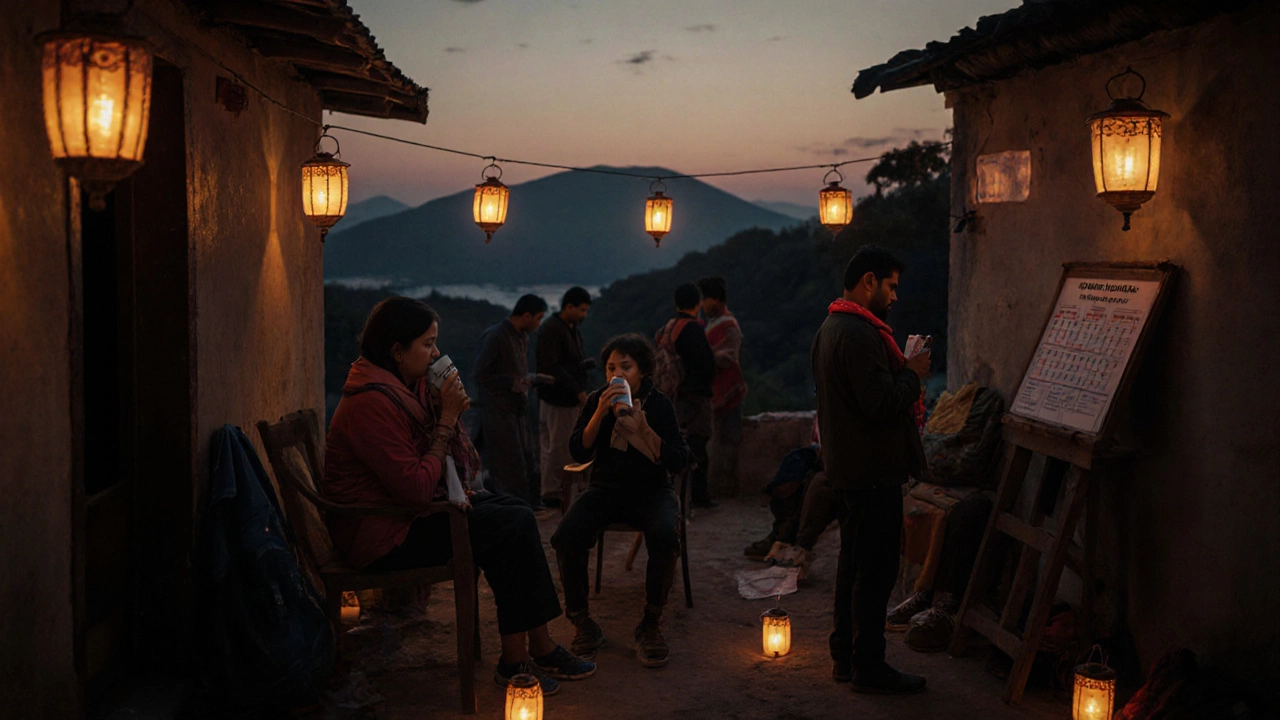
Comparison Table: Top Dhams for First‑Time Visitors
| Dham | State | Altitude (m) | Best Visiting Months | Nearest Major Airport | Typical Travel Time from Airport |
|---|---|---|---|---|---|
| Badrinath | Uttarakhand | 3,300 | May‑Sep | Dehradun (DED) | ≈8hrs by road |
| Dwarka | Gujarat | 0 (coastal) | Oct‑Mar | Ahmedabad (AMD) | ≈5hrs by road |
| Puri | Odisha | 0 (coastal) | Nov‑Feb | Bhubaneswar (BBI) | ≈2hrs by road |
| Rameswaram | TamilNadu | Sea level | Dec‑Feb | Madurai (IXM) | ≈3hrs by road + ferry |
| Kedarnath | Uttarakhand | 3,583 | Jun‑Sep | Dehradun (DED) | ≈12hrs (road + trek) |
| VaishnoDevi | Jammu&Kashmir | 1,600 | Year‑round (Navratri peak) | Jammu (IXJ) | ≈6hrs by road |
Practical Tips & Common Pitfalls
- Book transport early - Trains to Rameswaram and Puri fill up months ahead, especially during festivals.
- Carry cash - Many small towns accept only Indian rupees; ATMs may be sparse near high‑altitude dhams.
- Stay hydrated - Even in cooler climates, altitude can cause dehydration faster.
- Dress modestly - Most dhams require covered shoulders and knees; respect local customs.
- Check pilgrimage permits - Some inner‑circle shrines (e.g., Amarnath) need online permits well in advance.
Next Steps for Planning Your Trip
- Identify which dham aligns with your spiritual interest and travel window.
- Verify the peak season dates using the table above.
- Reserve flights and train tickets at least 4‑6weeks before departure.
- Book accommodation near the dham (hostels, guesthouses, or dharamshala) - early booking secures better rates.
- Prepare a small travel kit: comfortable walking shoes, rain jacket, power bank, and a reusable water bottle.
Frequently Asked Questions
Which dham is the easiest for a first‑time visitor?
Puri and Dwarka are the most accessible because they are close to major airports and have good road links. Both can be reached within a few hours without needing long treks.
Do I need a visa to visit these dhams?
International travelers need an Indian tourist visa, which can be obtained online. The visa covers all pilgrimage sites; no separate permits are required for the Char Dham, but some high‑altitude shrines need a special entry permit.
What’s the average daily budget for a pilgrimage trip?
You can manage on INR1,200‑1,500 per day (≈US$15‑20) if you stay in budget guesthouses, eat at local dhabas, and use public transport. Higher‑end options can push the budget to INR4,000‑5,000 per day.
Is it safe to travel alone to a dham?
Most major dhams have a steady flow of pilgrims and basic security. Solo travelers, especially women, should stick to well‑lit areas, use reputable transport, and consider staying in recognized dharamshalas.
Can I combine multiple dhams in one trip?
Yes. The CharDham loop is a classic multi‑dham itinerary, and many pilgrims also add nearby sites like Haridwar or Rishikesh. Just plan for extra travel days and adjust for seasonal closures.
If you’re still unsure, start with the first dham in India that fits your travel window, book the basics, and let the journey guide you to the next sacred stop.

